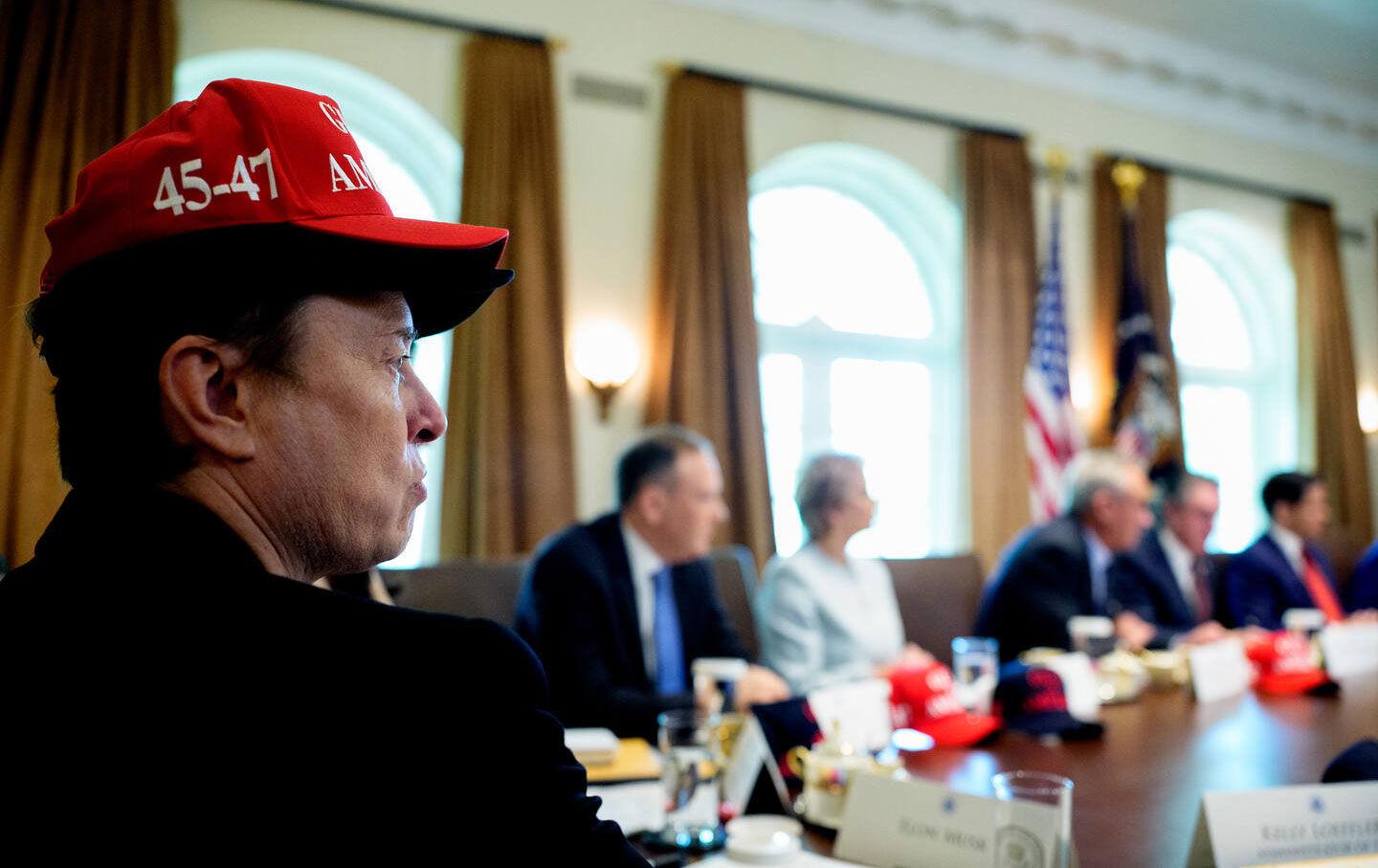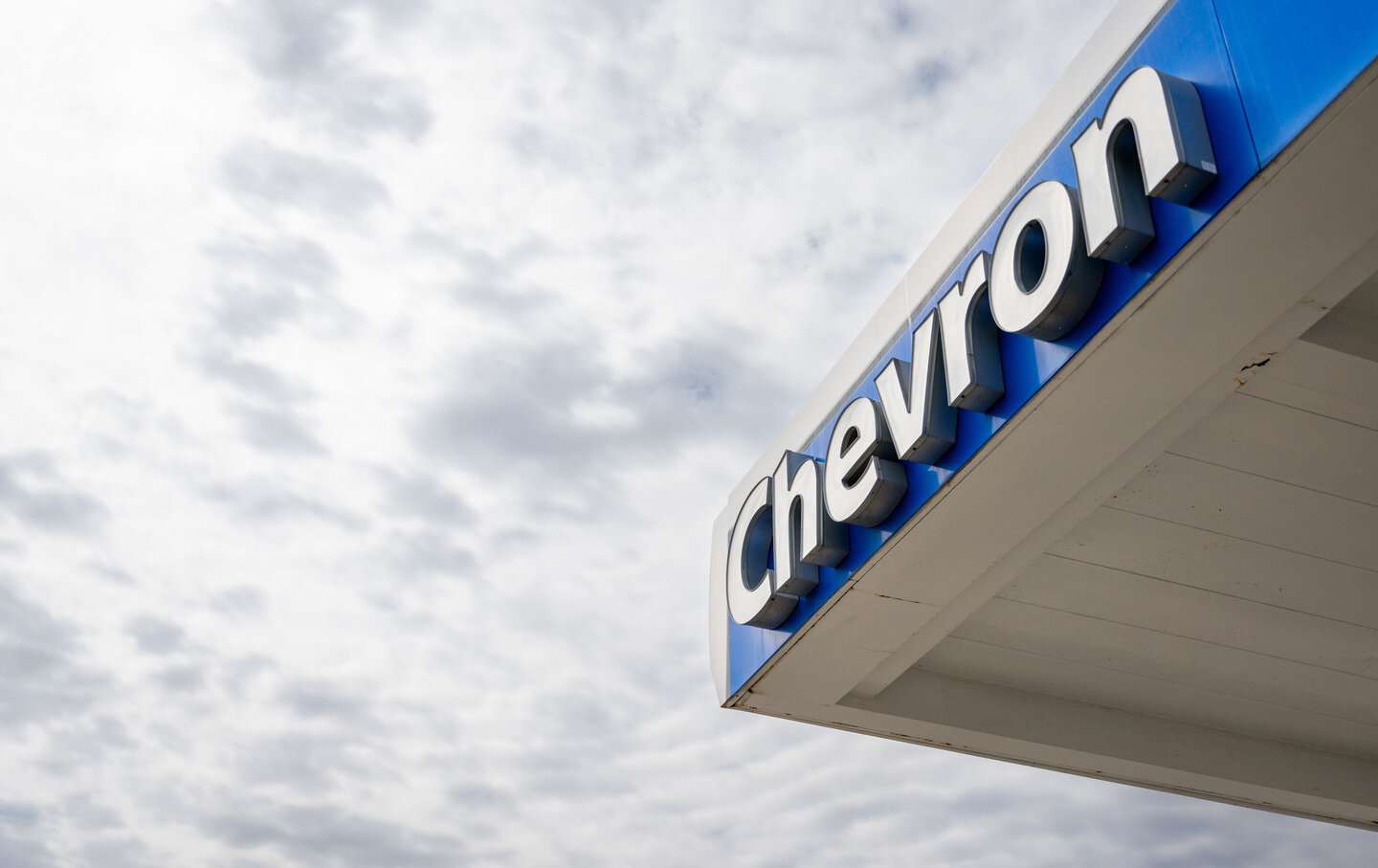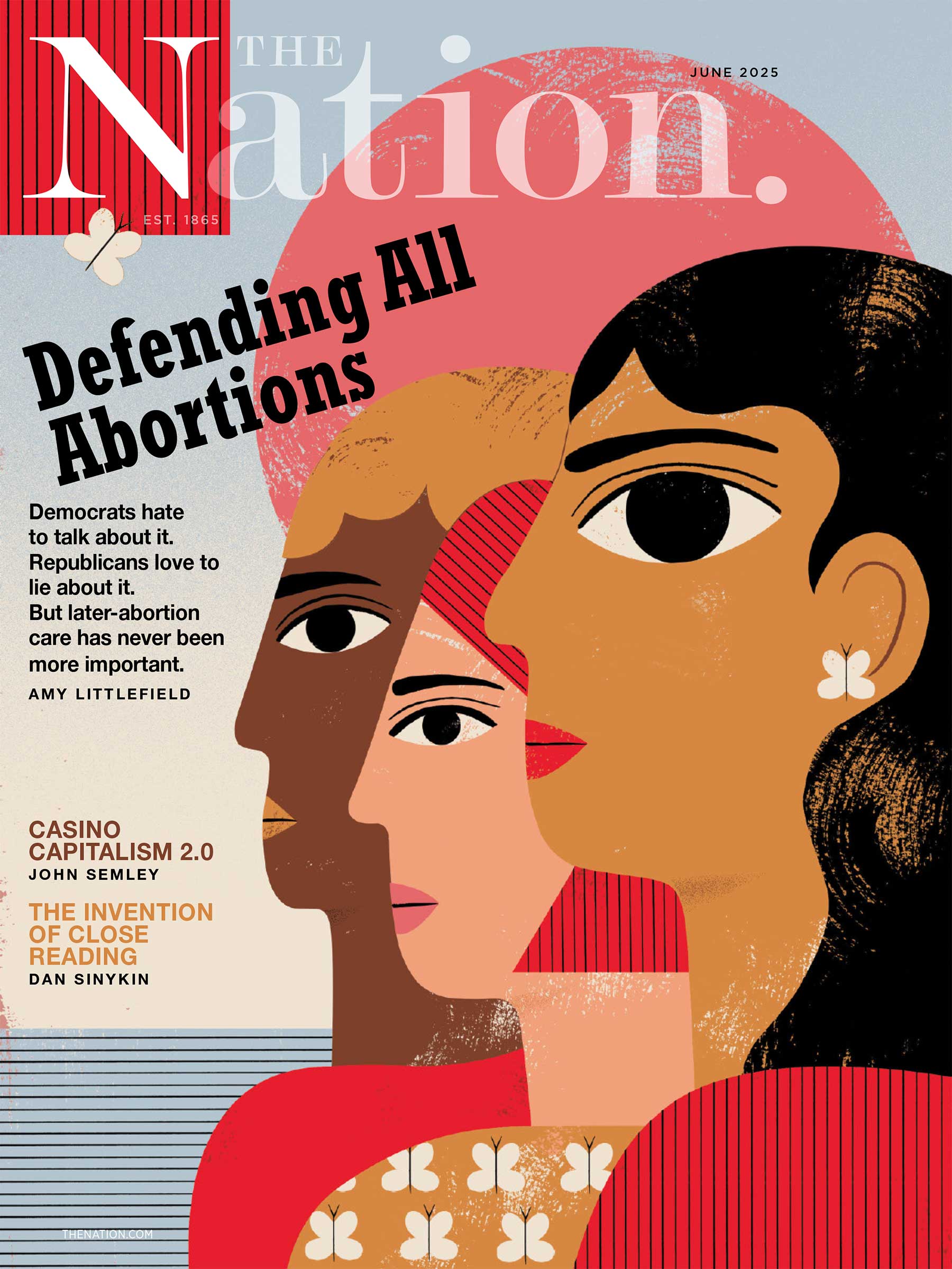
The New Military-Industrial Complex The New Military-Industrial Complex
On this episode of Tech Won't Save Us, Sam Biddle talks about Silicon Valley's rush to become part of the American imperial project.
Jun 5, 2025 / Podcast / Paris Marx

The Case for a Digital Detox The Case for a Digital Detox
On this episode of Tech Won't Save Us, Casey Johnston on why you should get a dumb phone.
May 29, 2025 / Podcast / Paris Marx

Generative AI Is Not Inevitable Generative AI Is Not Inevitable
On this episode of Tech Won’t Save Us, Emily M. Bender and Alex Hanna on the dangers of generative AI.
May 22, 2025 / Podcast / Paris Marx

Elon Musk Is Remaking the US Space Program Elon Musk Is Remaking the US Space Program
On this episode of Tech Won't Save Us, Tim Fernholz on Elon Musk’s influence in the White House and, consequently, the US space program.
May 15, 2025 / Podcast / Paris Marx

The Roots of Elon Musk’s War on Empathy The Roots of Elon Musk’s War on Empathy
On this episode of Tech Won't Save Us, Julia Carrie Wong on Elon Musk, the Christian right, and longtermism.
May 8, 2025 / Podcast / Paris Marx

How Brain-Rot AI Is Upending the Internet How Brain-Rot AI Is Upending the Internet
On this episode of Tech Won't Save Us, Jason Koebler on the proliferation of AI-generated images.
May 1, 2025 / Podcast / Paris Marx

How Masayoshi Son Shaped the Tech Industry How Masayoshi Son Shaped the Tech Industry
On this episode of Tech Won't Save Us, Laleh Khalili on Masayoshi Son, CEO of SoftBank.
Apr 24, 2025 / Podcast / Paris Marx

Digital Sovereignty in a Time of Rising Fascism Digital Sovereignty in a Time of Rising Fascism
On this episode of Tech Won't Save Us, a solo episode on the perilous alliance between American politics and the tech industry.
Apr 17, 2025 / Podcast / Paris Marx
Can Europe End Its Dependence on US Tech? Can Europe End Its Dependence on US Tech?
On this episode of Tech Won’t Save Us, Aline Blankertz on whether Silicon Valley may finally have some competition across the Atlantic.
Apr 10, 2025 / Podcast / Paris Marx

The Dirty Alliance Between Tech and the Oil Industry The Dirty Alliance Between Tech and the Oil Industry
On this episode of Tech Won't Save Us, JS Tan on the relationship between Microsoft and Chevron.
Apr 3, 2025 / Podcast / Paris Marx
